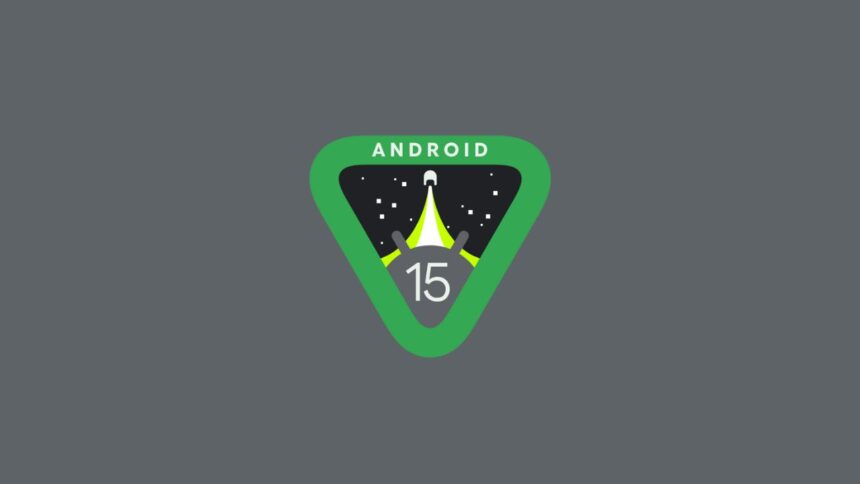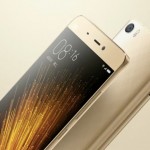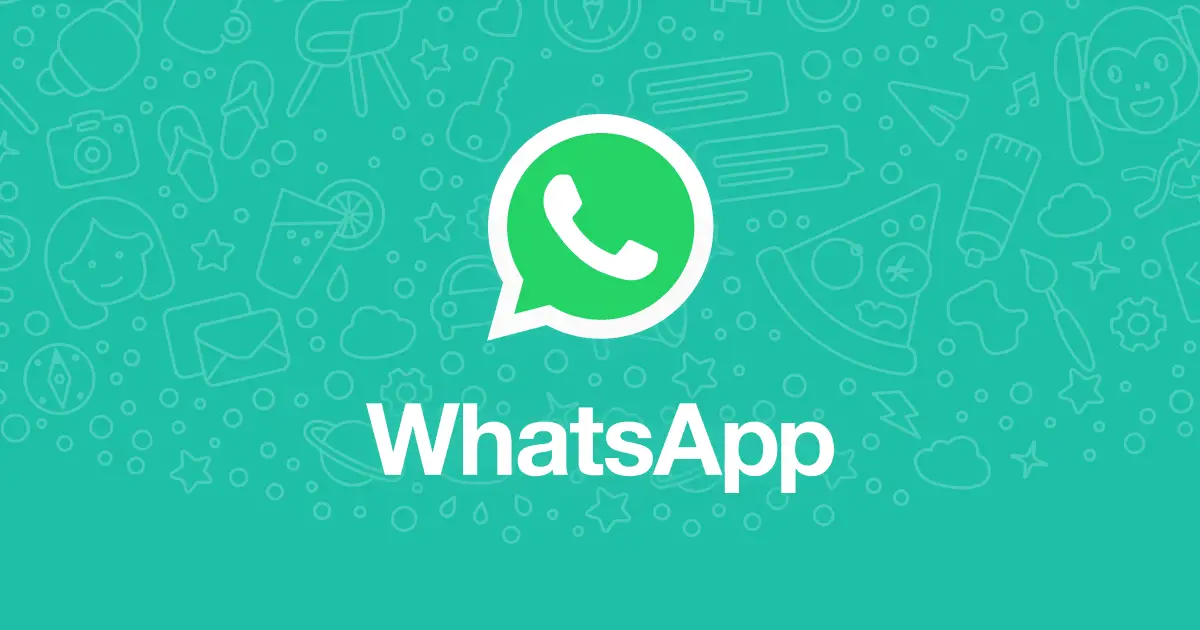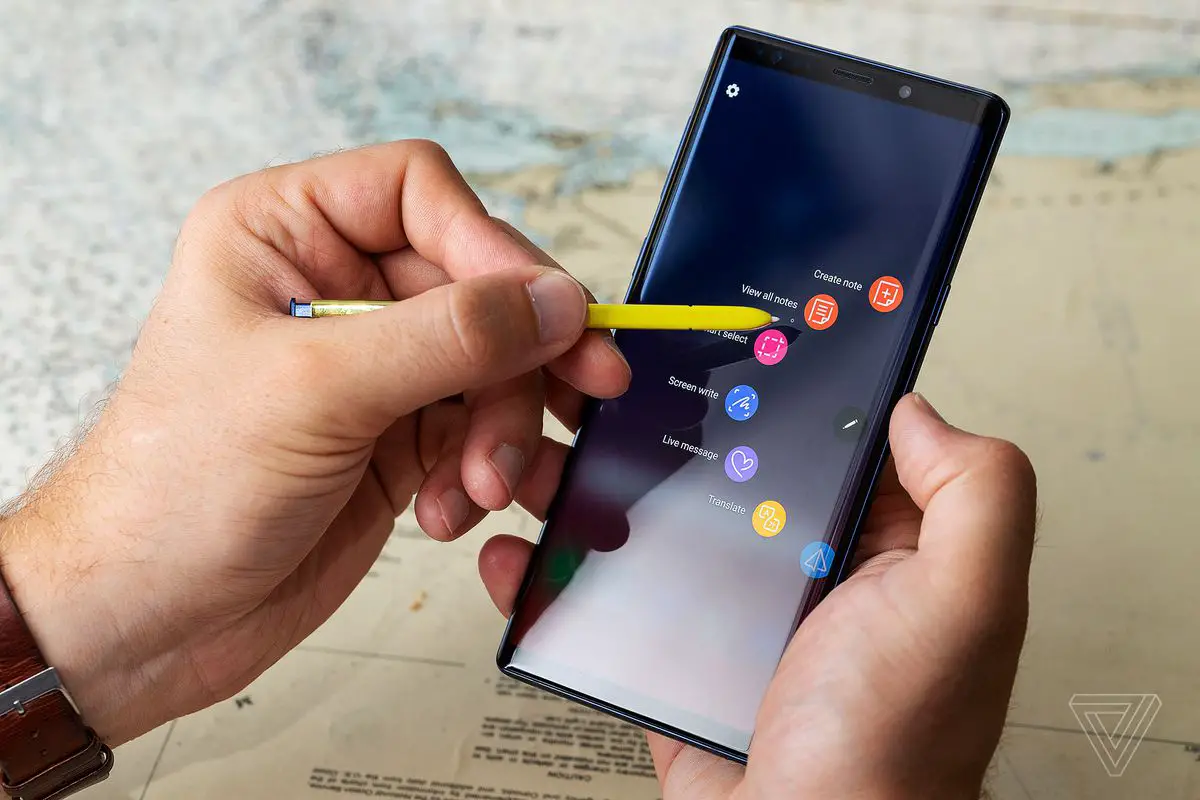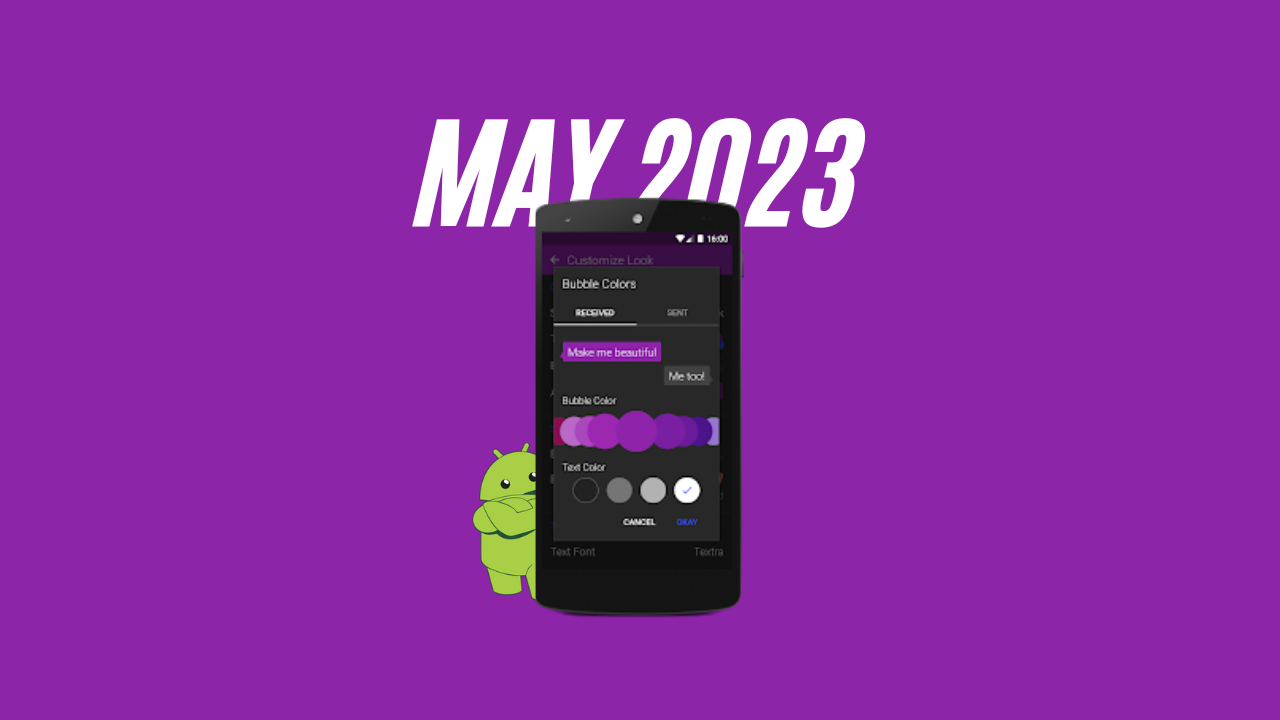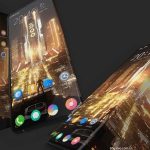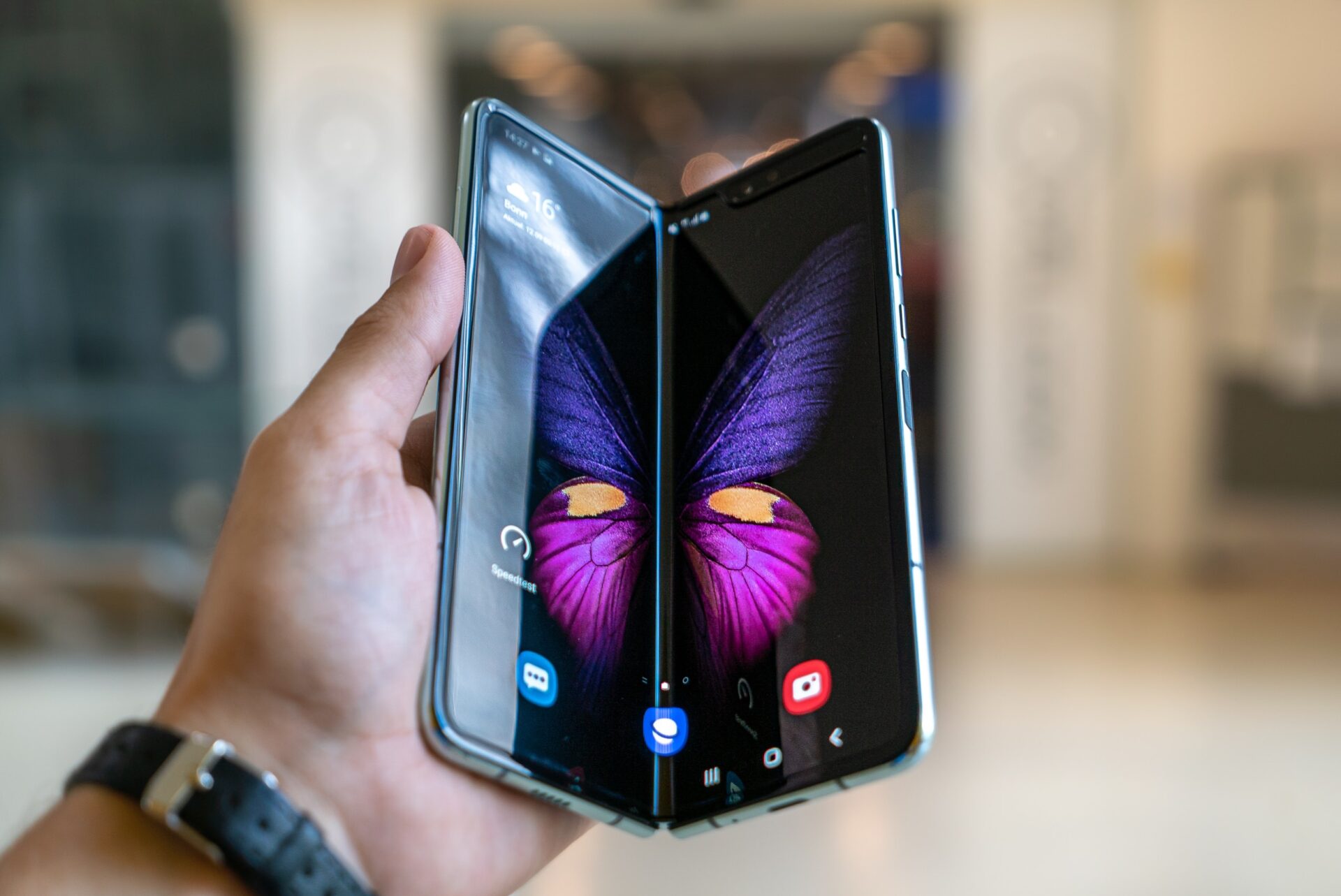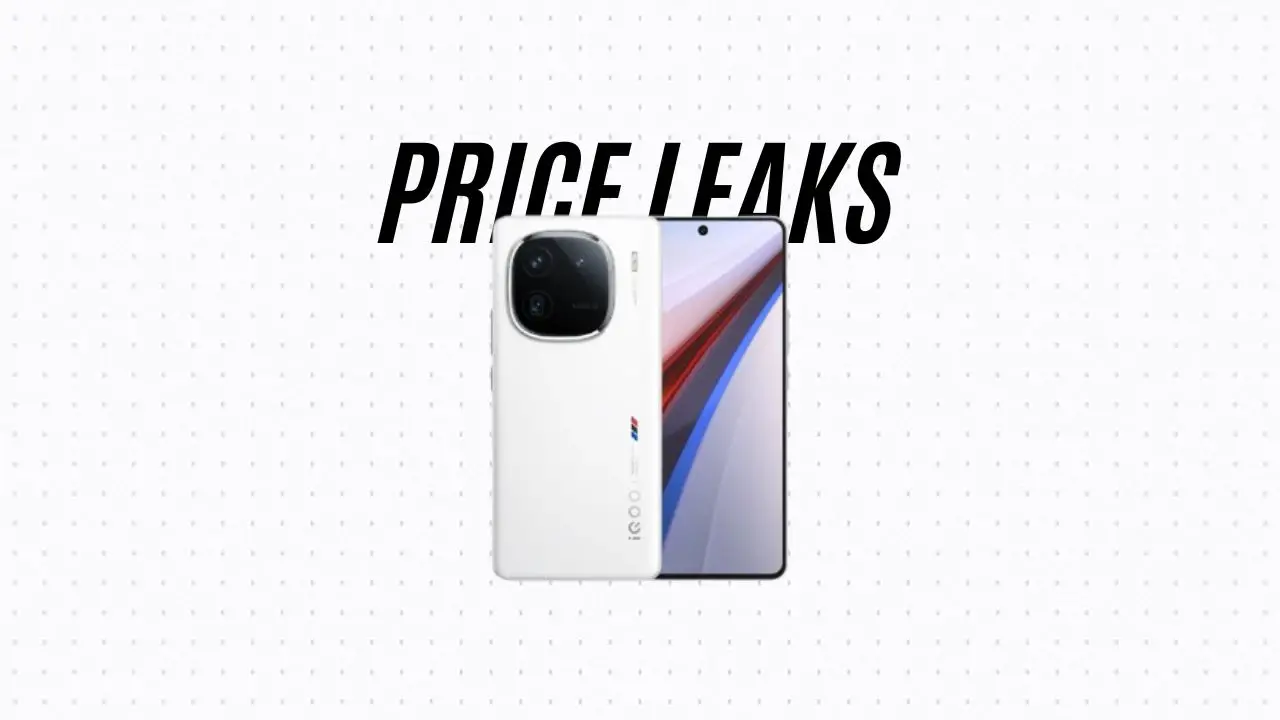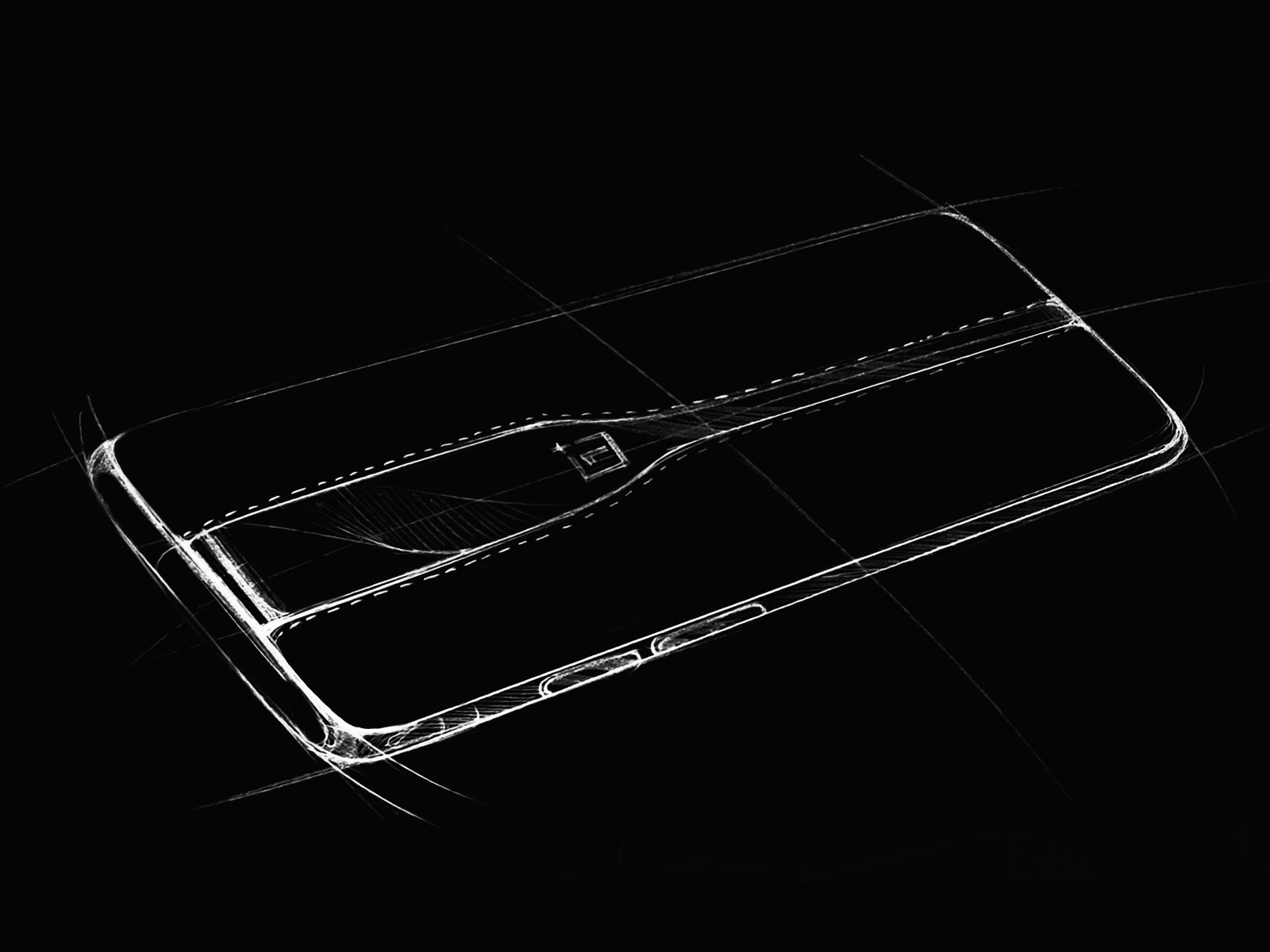- Android 15 boosts hearing aid support with Bluetooth LE Audio, extending battery life.
- Quick settings in Android 15 simplify connection management for hearing aids.
- Google's accessibility updates reinforce Android's leadership in inclusive technology.
Android 15 has brought one of the remarkable features that would make millions of hearing aid users navigate in their smartphones easily. These devices are designed to enhance the sounds that are present in the environment around them but generally fail to provide a stable Bluetooth connection during a phone call or while playing music or videos.
BLE connections consume battery power, while Traditional Bluetooth Classic Battery dies quickly in a device, it was always a headache to the users.
Android 15 Improves Accessibility with Better Hearing Aid Support
Regarding this, Google in Android 15 leverages Bluetooth LE Audio (LEA) protocol that optimizes battery usage by offering a low-energy connection for streaming without compromising the quality.
This advancement is a welcome development because it means people with hearing-impaired ears can go for longer durations with their hearing aids without having to worry about dead batteries.
Aside from general battery issues, there is a truly universal approach in audio called LE Audio, that connects different platforms. Previously, compatibility was not well-developed: there is Apple’s Made for iPhone (MFi) and Google’s Audio Streaming for Hearing Aids (ASHA) that are disappointing in terms of integration.
LE Audio, however, includes functionalities that allow compatibility across different devices, eradicating these hurdles and making it easier for users to enjoy audio content on different devices and in different settings.
Android 15 even takes it up a notch by providing separate quick setting toggles for hearing aids. This feature indicates connection handling and includes several contextual conveniences.

It takes a few touches to switch between visually appealing and clearly labeled presets for various contexts like “Restaurant,” “Music,” or “Outdoors”. Another feature set is Live Caption and Sound Notification control which are included in the Quick Settings tiles. As for this interface, users are also able to check the battery capacity of their hearing aids so they won’t be frustrated when the power is out of sudden.
Accessibility is not constrained to the OEMs, and Google has left no loopholes in its quest to make the utopian device a reality. The company formally announced major overhauls to the suite of accessibility apps series on the Global Accessibility Awareness Day.
You have Lookout which would help visually impaired persons in orienting themselves; Look to Speak device that would let the users communicate without having to use their hands; and then there is Project Relate, which increases the communication capacities of the speech-disabled individuals. The plans to enhance Live Captions are already in progress.
The new Android version 15 comes with Bluetooth LE Audio and several utility options to address people’s needs, making it one of the most exclusionary mobile releases to date. This update also addresses issue hindrances and ensures that the mobile experience is effective not only smooth with a universal appeal.
